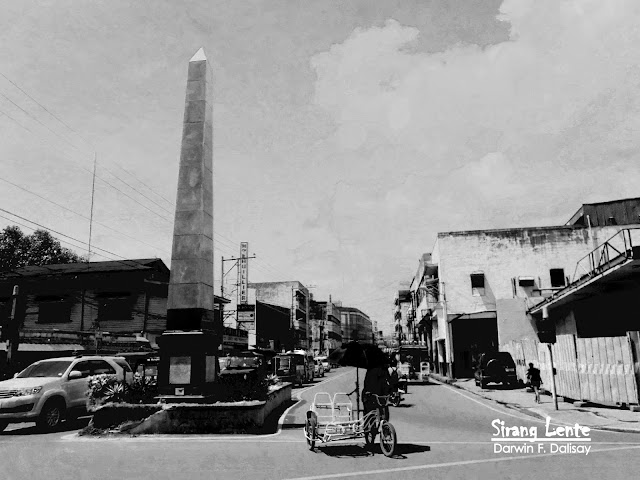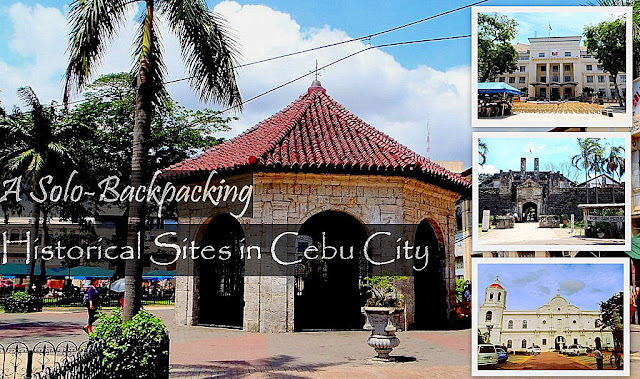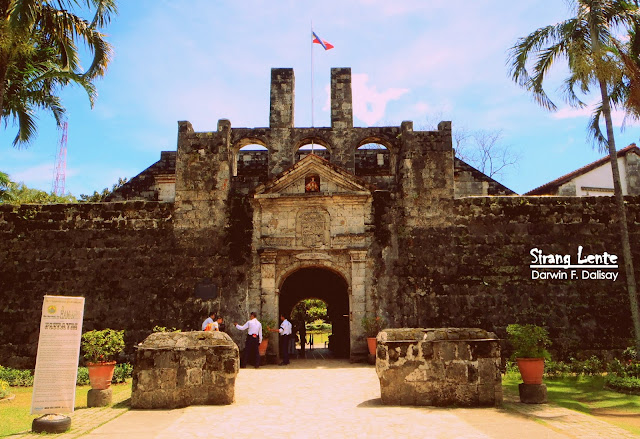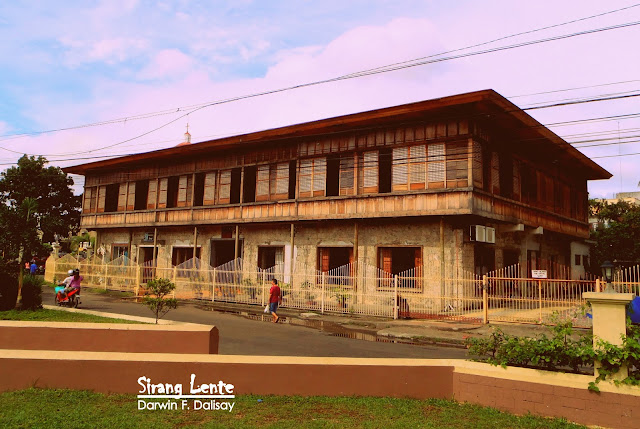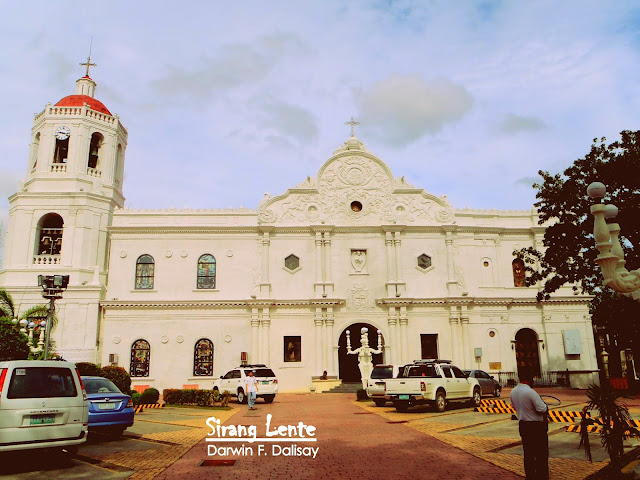
It is the center of the Archdiocese of Cebu City. Cebu Metropolitan Cathedral was established as a diocese on August 14, 1595, and became the metropolitan archdiocese on April 28, 1934, with its first archbishop, Gabriel M. Reyes. The structure's construction was interrupted due to insufficient funds and other circumstances. The facade features a trefoil-shaped pediment decorated with floral carves.



